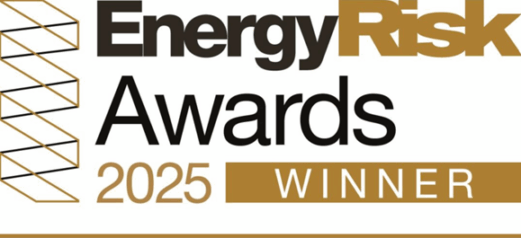Published April 3rd, 2020 on Fastmarkets by Dalila Ouerghi
Demand for lithium chemicals will not recover before mid-2021 due to the added headwinds caused by the global spread of the Covid-19 epidemic to an already oversupplied market, SCB’s battery raw materials broker said.
During a virtual lithium market presentation hosted by investment bank Morgan Stanley on Friday April 3, SCB’s Martim Facada said the lithium market will remain in a bearish price environment for the remainder of 2020.
This is in line with predictions from other market participants.
Facada said key consumers of lithium compounds are well stocked on a long-term basis and have a wide option of suppliers.
The broker also acknowledged the presence of idle capacity, which could be ramped up should there be an increase in short-term demand.
Nevertheless, the brokerage firm’s representative believes that demand for lithium as well as the price environment will recover significantly in the medium and long term due to ambitious decarbonization targets and a resultant increase in electric vehicles (EV) demand.
On the impact of the coronavirus pandemic and lockdowns implemented around the world on supply in the key producing region of South America, Javier Martinez de Olcoz, research analyst at Morgan Stanley, said major Chilean producers have built up a high level of inventory of raw materials should there be any logistic disruptions linked to the virus in the near term.
Weak price environment
Prices for lithium, which is a critical component for EV batteries, surged over 2016 and 2017. But additional capacity expansions outstripped demand growth between 2018 and 2019, triggering a slump in prices.
Among key factors contributing to the tumble in prices were the reduction in subsidies from the Chinese government to the EV sector as well as the United States-China trade spat. China is a key consumer of the metal.
The deadly virus outbreak – which originated in December 2019 in China before spreading globally – has added further bearish pressure to lithium prices over the first quarter of the year, leading to discussions about how low the metal can go before bottoming out.
Fastmarkets assessed the lithium carbonate, 99.5% Li2CO3 min, battery grade, spot price at $8-9.50 per kg on a cif China, Japan and Korea basis on Thursday April 2, down by around 28.6% from $11.00-13.5 per kg on April 4, 2019.
‘Bottlenecks’ to market development
Financial bottlenecks is one of a number of obstacles the lithium industry must tackle to accelerate its growth, Facada said at the event.
“Price expansion remains a key bottleneck,” he said adding that “we have different prices out there…trade data, pricing agencies and internal sales information and you know, at the end of the day, market participants use a conglomerate of all of these.
“I think that from a point of view of efficiency is quite problematic… It can mean some producers or consumers actually not buying or selling the material at the price they should.”
He concluded saying that having a pricing mechanism that is accepted by the industry could benefit its growth.
He also spoke of the benefits of having publicly traded lithium prices.
“[The lithium industry] is still developing but having publicly traded prices in both spot and forward [markets] offers transparency, visibility and risk management tools for market participants,” Facada said.
The London Metal Exchange is planning to launch a lithium futures contract in response to demand for price transparency and liquidity and partnered with Fastmarkets for developing a cash-settled price to underpin a futures contract listed on the exchange.
To read the article on the Fastmarkets website, click this link.
Contact the reporter of this article at:
- Dalila Ouerghi, reporter at Fastmarkets, +44 20 7779 8260



